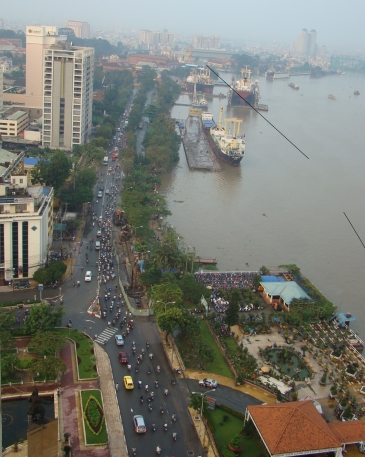biking while black?
/We are all familiar with the term "driving while black" and, then, in the wake of the Trayvon Martin killing, the new term was "walking while black." Well, Fort Lauderdale, Florida appears to have engaged in actions that lead to this new term "biking while black."
image - grist, shutterstock
As recounted by Heather Smith, writing for Grist, in the article, "Biking while black" is a thing too, the City introduced a pedal bike registration system to help cut down on bike thefts and make the sale of stolen bikes more difficult. Laudable idea except when you look at who is stopped and checked: it is mostly black people and only in certain neighbourhoods.
Smith notes, over a period of 2010 to May 2013, of the citations issued by Fort Lauderdale police, 86% were issued to black people. And, when the geographical analysis was done, it showed the police were primarily targeting predominantly black neighbourhoods in any case.
It will be challenging for supporters of the 'walkable city' movement, which advocates primacy of place to pedestrians and cyclists, to make headway in these sorts of circumstances. Usually, the battle is with highways engineers to ensure street design that prioritises walkers and bikers over car drivers. It would be most unfortunate if the police were to be another barrier.
Of course, in Bermuda, we are a long way from even appreciating 'walkable city' concepts, so worrying about the police is probably premature.



